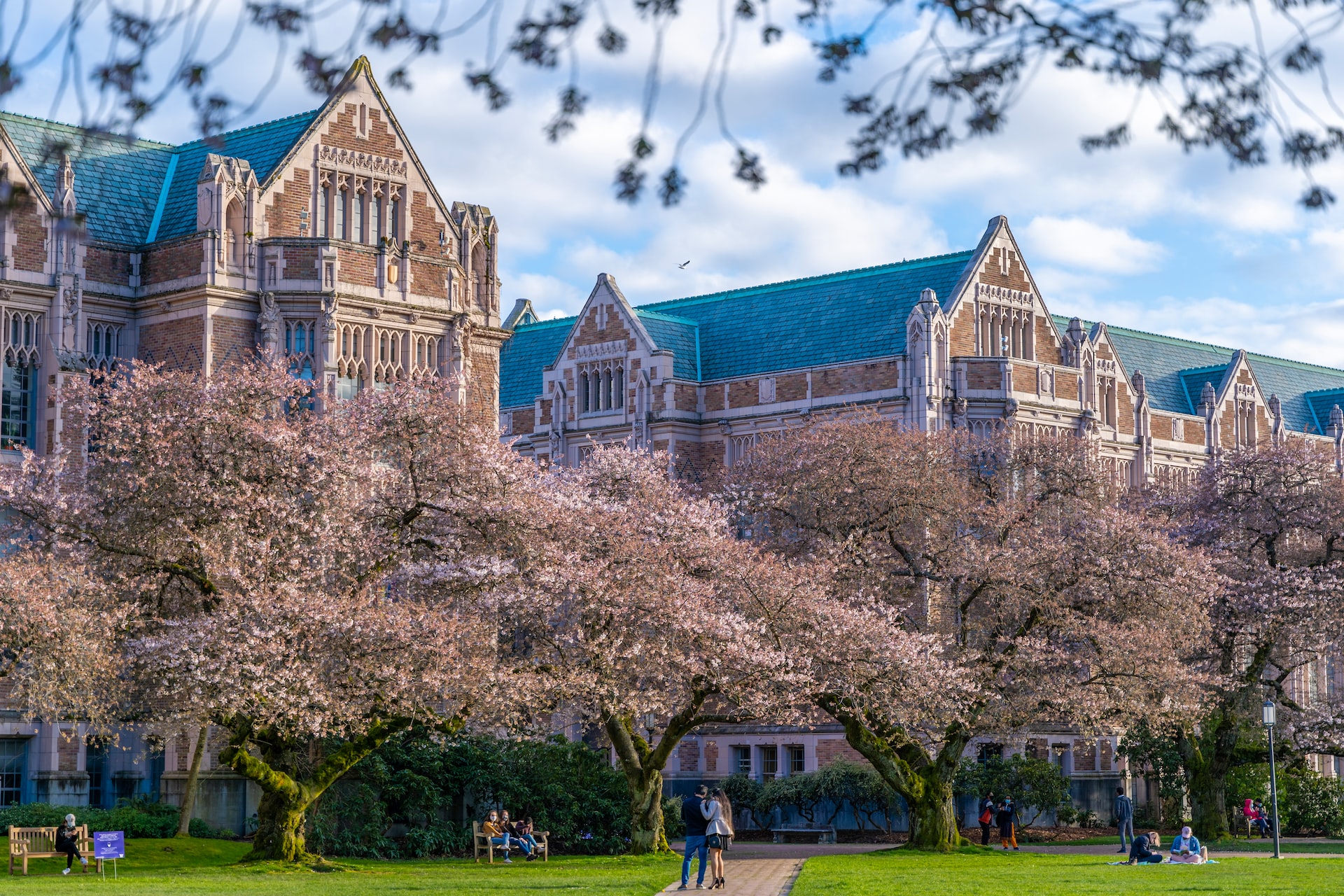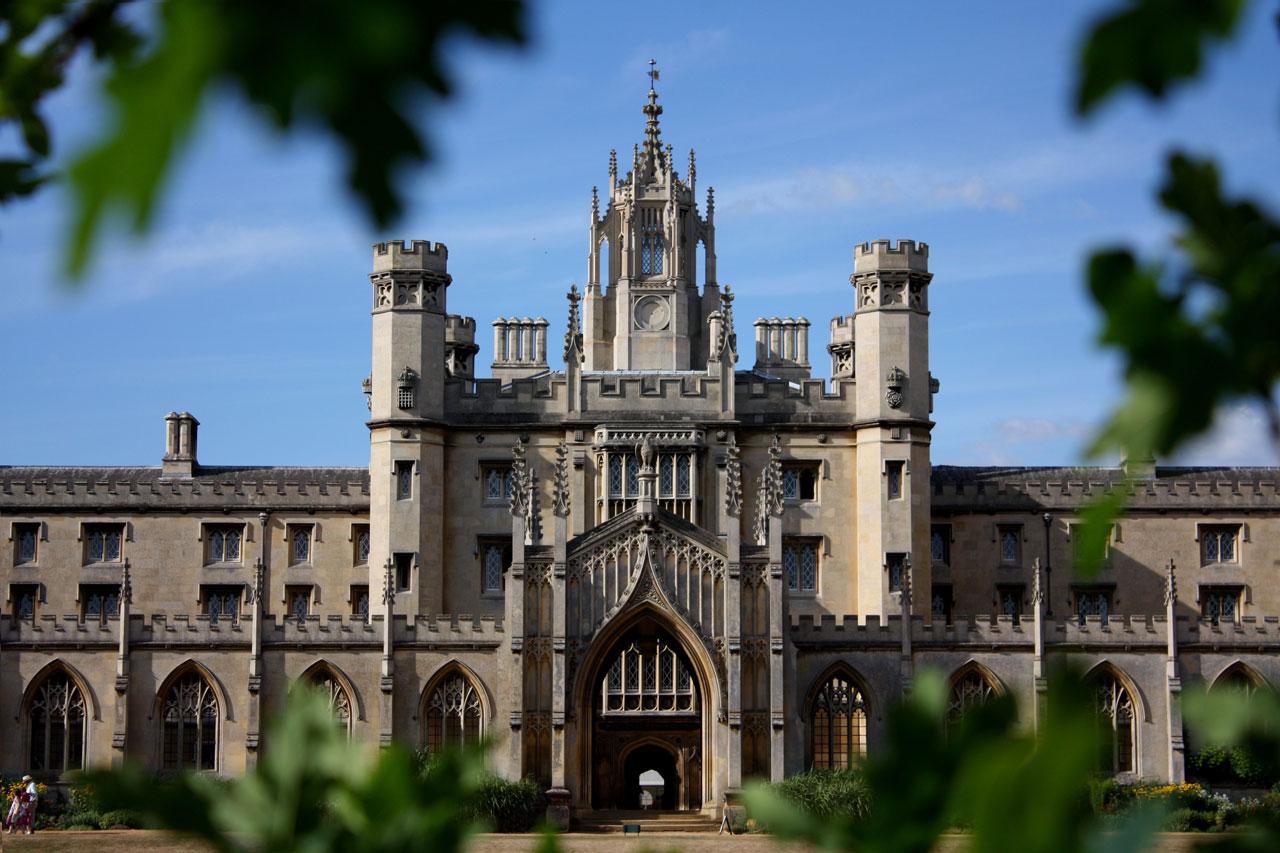
Unveiling Ancient Journeys: A Deep Dive into Indigenous Maps at UBC’s Special Collections
Forget the bustling markets and iconic landmarks for a moment. Picture a different kind of journey, one not through winding streets but through the intricate lines and rich histories etched onto ancient parchments and meticulously documented surveys. As a travel blogger, I’m constantly seeking destinations that offer more than just a fleeting photo opportunity – places that invite reflection, challenge perspectives, and deepen understanding. And in the heart of Vancouver, nestled within the world-renowned University of British Columbia (UBC), lies just such a treasure: the Rare Books and Special Collections (RBSC) library, a custodianship for an extraordinary collection of Indigenous maps and cartographic materials. This isn’t just a library visit; it’s an immersive expedition into the very soul of the land and its original peoples.
Beyond the Tourist Trail: Why Maps Matter
When we think of maps, our minds typically conjure images of modern GPS interfaces or the static, colonial boundaries that define our contemporary world. But Indigenous maps, and the historical maps of Indigenous territories held in university collections, offer a profoundly different narrative. They are not merely tools for navigation; they are repositories of knowledge, culture, history, and spiritual connection to the land. They tell stories of traditional territories, resource use, migration routes, sacred sites, and intergenerational wisdom, often predating European contact or challenging the Eurocentric gaze that often defined early colonial cartography.

For the curious traveler, visiting a collection like UBC’s RBSC is an unparalleled opportunity to engage with these powerful narratives. It’s a chance to peel back layers of history, to understand the land through the eyes of its original inhabitants, and to witness the enduring legacy of Indigenous knowledge systems. This isn’t just about seeing old papers; it’s about connecting with the very ground beneath your feet, understanding the complex tapestry of human interaction with the environment, and appreciating the profound impact of mapping on identity and sovereignty. It’s a journey into decolonization, one map at a time.
UBC’s Rare Books and Special Collections: Your Gateway to Indigenous Cartography
The University of British Columbia, renowned for its academic excellence and stunning campus, is home to one of Canada’s most significant repositories of historical and cultural documents. The Rare Books and Special Collections department, housed within the Irving K. Barber Learning Centre, is a sanctuary for scholars, researchers, and increasingly, curious travelers like myself. The building itself, a blend of historic architecture and modern design, immediately conveys a sense of reverence for knowledge. As you step into the hushed reading room, you’re enveloped in an atmosphere of quiet contemplation, a stark contrast to the vibrant energy of the city outside.
UBC RBSC has a particular strength in its Indigenous collections, reflecting the university’s location on the traditional, ancestral, and unceded territory of the Musqueam people, and its commitment to reconciliation. Within these collections, the cartographic materials offer a unique lens through which to explore the history of British Columbia and beyond. Here, you’ll find everything from early European exploratory maps charting "unclaimed" territories (often, in fact, densely inhabited Indigenous lands) to later ethnographic maps attempting to document traditional land use, and increasingly, modern collaborative projects that center Indigenous voices in cartography. The depth and breadth of the collection are staggering, offering a multi-faceted view of land, power, and identity.

Unfolding Histories: The Indigenous Map Collections
The true heart of this destination lies in the Indigenous map collections themselves. While some maps in the collection were created by Indigenous peoples (or are interpretations of Indigenous knowledge systems), many are historical European maps of Indigenous territories. It’s crucial to approach these materials with a critical eye, understanding the colonial context in which many were produced. Yet, even through a colonial lens, these maps inadvertently reveal invaluable information about Indigenous presence, land tenure, and the complex interactions between Indigenous communities and newcomers.
You might encounter early Hudson’s Bay Company maps detailing trade routes and the locations of various First Nations groups, or meticulously surveyed colonial maps delineating boundaries that often ignored existing Indigenous jurisdictions. These aren’t just lines on a page; they are visual records of historical claims, displacements, and enduring resilience. For instance, examining an 18th-century map of what is now coastal British Columbia might show vast areas marked "unexplored" or "Indian Territory," yet a closer look, or cross-referencing with historical texts, reveals sophisticated Indigenous governance and resource management systems that flourished long before European cartographers arrived.
Beyond these colonial documents, UBC is actively engaged in acquiring and preserving materials that directly represent Indigenous perspectives. This includes reproductions of traditional bark maps, rock carvings, or oral histories that describe geographical features and their significance. You might also find maps created in collaboration with Indigenous communities, mapping traditional place names, resource harvesting areas, or culturally significant sites – a powerful act of reclaiming and asserting Indigenous knowledge. These contemporary maps are particularly moving, as they represent a resurgence of Indigenous agency in defining and representing their own lands and histories. They are a testament to ongoing efforts to decolonize cartography, shifting the narrative from one of appropriation to one of empowerment and self-determination.

The collection also offers insight into the evolution of mapping technology and its impact on Indigenous communities. From hand-drawn sketches to printed atlases and early aerial photographs, each medium tells a part of the story. Engaging with these materials means understanding how mapping has been both a tool of control and, increasingly, a tool of resistance and cultural revitalization for Indigenous peoples. It’s about recognizing the layers of meaning embedded within each cartographic representation, questioning whose perspective is being presented, and seeking out the voices that have historically been marginalized.
The Experience: A Deep Dive into Indigenous Knowledge
Visiting the RBSC is a deeply personal and often profound experience. Unlike a museum exhibit where artifacts are behind glass, here you have the privilege, under careful supervision, of interacting with the primary sources themselves. Imagine the quiet thrill of turning the brittle pages of an atlas from the 1700s, its paper smelling faintly of age and history. Or tracing your finger along the detailed contours of a hand-drawn map, envisioning the landscape it depicts and the lives lived upon it.
The reading room is designed for focused study, encouraging a contemplative engagement with the materials. Librarians and archivists, experts in their fields, are on hand to guide your research, explain the context of various documents, and ensure the preservation of these fragile treasures. This direct interaction allows for a level of immersion that a static display simply cannot offer. You become an active participant in historical discovery, interpreting the symbols, the script, and the silences embedded within each map.
The emotional impact of this experience can be significant. Seeing the historical erasure of Indigenous place names, or the imposition of arbitrary colonial boundaries, can evoke a sense of injustice. Conversely, discovering maps that meticulously detail traditional territories or reflect Indigenous understanding of the landscape can inspire awe and respect for the resilience and enduring connection of Indigenous peoples to their ancestral lands. It’s a powerful reminder that "history" is not a monolithic narrative, but a complex interplay of perspectives, often contested and always evolving. These maps don’t just show you where places are; they invite you to understand why they matter, and to whom.
Planning Your Journey: Practicalities and Reflections

For those considering this unique travel experience, a bit of planning goes a long way. The UBC Rare Books and Special Collections is primarily a research facility, so it’s not a drop-in tourist attraction in the traditional sense.
- Access: While the RBSC is open to the public, it’s highly recommended to contact them in advance. Researchers often book appointments, and it’s wise to communicate your areas of interest so staff can prepare relevant materials for your visit. This ensures you make the most of your time.
- Location: The Irving K. Barber Learning Centre is easily accessible on the UBC Point Grey campus in Vancouver. Public transport options are available from downtown Vancouver.
- Etiquette: The reading room is a quiet, scholarly environment. Food, drink, and pens are typically not allowed near the materials. You’ll likely be asked to use pencils for notes. Handling of materials is done with care, often with white gloves provided.
- Beyond the Maps: While at UBC, take the opportunity to explore the stunning campus itself. Visit the Museum of Anthropology, which houses world-renowned Indigenous art and artifacts, further enriching your understanding of the cultures whose lands you’ve just explored through cartography. The campus also offers breathtaking views of the ocean and mountains, reminding you of the very landscapes depicted in the maps.
This journey to UBC’s Rare Books and Special Collections is not for the faint of heart or the casual sightseer. It demands patience, respect, and a willingness to engage deeply with complex histories. But for the traveler seeking genuine understanding, for the individual yearning to connect with the authentic spirit of a place, it offers an unparalleled opportunity.
Conclusion: Charting a Course for Deeper Understanding
In a world increasingly dominated by digital interfaces and superficial interactions, destinations like UBC’s Rare Books and Special Collections offer a profound counter-narrative. They invite us to slow down, to engage with tangible history, and to confront the powerful stories embedded within the very fabric of our world. Exploring these indigenous maps is not just about tracing geographical lines; it’s about tracing the lines of human experience, resilience, and wisdom.
It’s a travel experience that transcends the ordinary, leaving you not just with photos, but with a deepened sense of place, a richer understanding of Indigenous cultures, and a renewed appreciation for the power of maps to tell stories that echo across centuries. So, the next time you plan your travels, consider charting a course less conventional. Seek out the quiet halls of academia, where ancient maps await, ready to guide you on a journey into the heart of history, identity, and the enduring spirit of Indigenous peoples. It’s a journey well worth taking.
